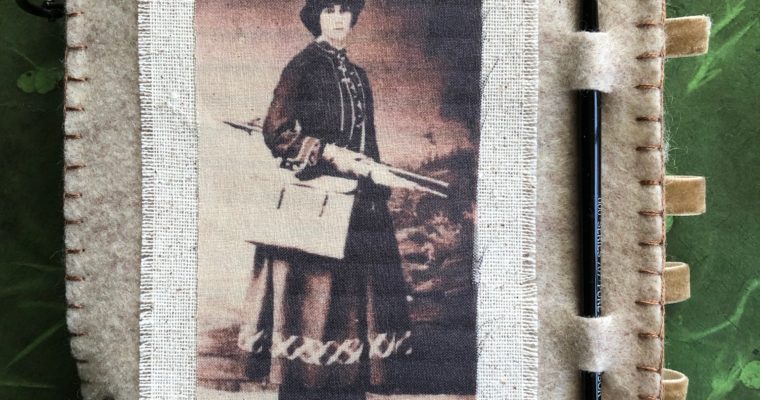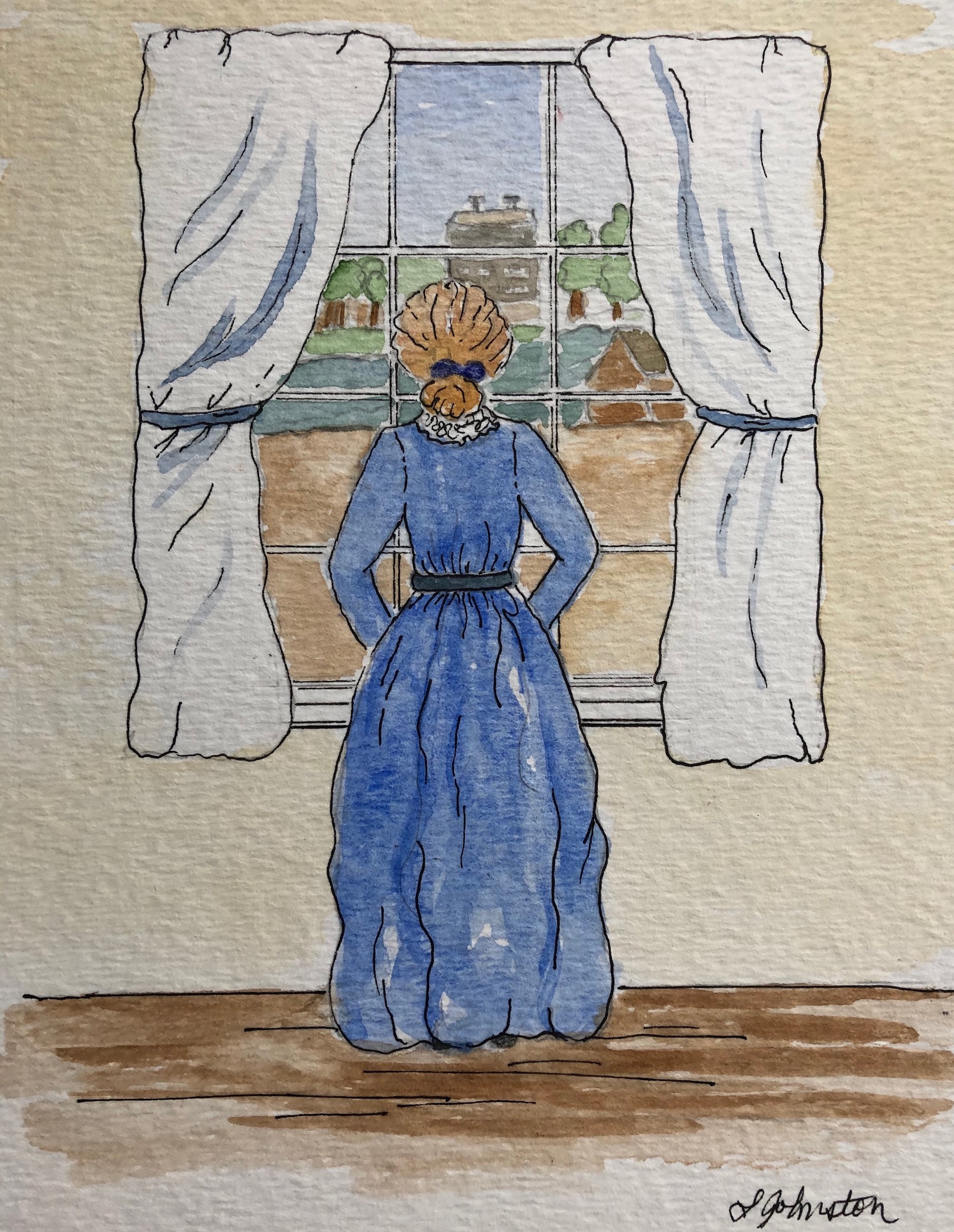In honor of Women’s History Month, each of my blogs this month will introduce an artist or writer, mostly from the nineteenth century, all with fascinating stories.
I first encountered Hannah Ropes story in researching my book about Kansas Territory. Her story fascinated me and I am delighted to introduce you to her. Hannah had many roles in her life – mother, pioneer, nurse, political activist, and writer.
Lawrence, Kansas Territory February 24th 1856
The ice in our river dissolves its winter-union-today – this twenty fourth day of February – a bright, cheerful Sabbath. The sky appears in its own peculiar clearness, bringing distant objects distinctly before the eyes. I go from one window of the hotel to another, uttering exclamations at the prospect. I see the river curving quite round, up towards its source, walled with tall trees, and, floating sluggishly upon its surface, cakes of ice thick enough to have done justice to a more northern latitude. Off in the distance, towards the south-west, Blue Mound lifts its fair proportions against the sky, making a line with the Wakarusa River, marking its course by the fringe of trees along its nearest banks; and its farther shore, by the rising, terraced slopes lifting themselves far in the distance to the line of the horizon, sprinkled here and there with patches of clean snow, upon a ground of dried grass and the black mould of this truly fertile country. . . One can never look over this beautiful country without a feeling of astonishment that it was never taken up for settlement before.
The month of February closes full of hope and cheerfulness to us all. The winter is indeed gone, and our places of abode are still standing.
Hannah Ropes From Six Months in Kansas
Originally from New Gloucester, Maine, Hannah Anderson married William Ropes at the age of twenty-five and settled in Waltham, Massachusetts. Several years later, Hannah’s husband deserted her and their four children. In 1855, Hannah’s eighteen-year-old son headed for Kansas Territory. Hannah, who held strong anti-slavery views, and her daughter, Alice, joined him later. Writing letters home to her mother in Masschusetts, Hannah eloquently, though not always favorably, described her life in Kansas. Many of her letters recounted her time spent caring for others. This caregiving capacity would manifest itself again a few later as Hannah cared for wounded soldiers. In 1856, as the pro-slavery/free-state conflict grew more intense, Hannah returned to Massachusetts.
Strong in her convictions, Hannah began to develop politically and creatively, publishing two books, Six Months in Kansas, in 1856, and Cranston House, in 1859.
Influenced by Florence Nightingale and her elevation of nursing to a profession, Hannah volunteered as a Union Army nurse in 1862, and soon became head of the Union Hotel Hospital in Georgetown, near Washington, D. C. During her time at the hospital, Hannah worked successfully for better care and conditions, sometimes meeting strong resistance from doctors and the military. Louisa May Alcott worked alongside Hannah in 1862 and 1863, until Hannah’s death from typhoid pneumonia in 1863. Alcott contracted the same illness but survived after a long recovery, gaining literary fame for her book, Little Women, written in 1868.
*This excerpt from Hope Amid Hardship: Voices from Kansas Territory, edited by Linda S. Johnston.
Original watercolor Copyright Linda S. Johnston, 2012



















